Text

MXenes-Max 2D transition metal carbonitride
Single layer MXene solution Single layer MXene powder Multilayer MXene solution Multilayer MXene powder Ti3C2 MXene Ti2C MXene Nb2C MXene
V2C MXene TiVC MXene Ti3CN MXene Ti2N MXene V2N MXene Nb4C3 MXene V4C3 MXene TiNbC MXene
Mo2Ti2C3 MXene Mo2TiC2 MXene Mo2C MXene Cr2C MXene Ta2C MXene Ta4C3 MXene W1.33C MXene Mo1.33C MXene
VCrC MXene Ti4N3 MXene Amino carboxylated MXene Solid solution MXene V2C in-situ growth of MnO2 MXene flexible cloth Porous MXene MXene-based metal film
In-situ doped MXene High entropy MXene MXene loaded metal Single atom doped MXene Single layer MXene film Element doping MXene Foam metal load MXene Single layer small size MXene
MXene functional group regulation MXene quantum dots MXene ink MXene aerogel Film special solution MXene flexible film TiVNbMoC3 TiVCrMoC3
MXene catalytic Ti3AlC2 MAX MAX target material Ti4AlN3 MAX Ti3GeC2 MAX Ti2SnC MAX TiVAlC MAX Ti2AlN MAX
Ti3AlCNMAX Ti3SiC2 MAX Ti2AlC MAX Nb4AlC3 MAX Nb2AlC MAX VCrAIC MAX V4AlC3MAX V2AlC MAX
Mo2Ti2AlC3 MAX Mo2TiAlC2 MAX Ti2AlC MoAlB MAX Mo2Ga2C MAX Mo3AlC2 MAX ScAl3C3 MAX Cr2AlC MAX
V2PC MAX V2ZnC MAX V2GaC MAX V2GeC MAX Ti3SnC2 MAX Ti3Al0.5Cu0.5C2 Ti2VAlC2 MAX TiNbAlC MAX
Ta2AlC MAX Ta4AlC3 MAX Cr2TiAlC2 MAX (Mo2/3Sc1/3)2AlC MAX (W2/3Sc1/3)2AlC MAX (Mo2/3Y1/3)2AlC i-MAX (W2/3Y1/3)2AlC i-MAX Mo2Ti2AlC MAX
MBene two-MAB-dimensional transition metal borides
Perovskite material
Copper-doped modified lead apatite (LK 99 crystal powder)
Aerogels
CVD TMDC 2D thin film / heterojunction
MOFs metal organic framework compound
2D material fiber/film
Two-dimensional material micro-nano processing - in situ testing
Basic magnetic beads, immunomagnetic beads, protein purification magnetic beads, nucleic acid extraction magnetic beads
Nucleic acid extraction kit
High-entropy materials
Biological nanomaterials
Nanocellulose
AIE luminescent material
Silane Bismuthene Borene Tellurene Phosphorene Graphyne
Binary CVD TMDC crystal/powder/dispersion
Ternary CVD TMDC crystal/powder/dispersion
Graphene and carbon nanomaterials
COFs covalent organic compound
1 note
·
View note
Text

MXenes-Max 2D transition metal carbonitride
Single layer MXene solution Single layer MXene powder Multilayer MXene solution Multilayer MXene powder Ti3C2 MXene Ti2C MXene Nb2C MXene
V2C MXene TiVC MXene Ti3CN MXene Ti2N MXene V2N MXene Nb4C3 MXene V4C3 MXene TiNbC MXene
Mo2Ti2C3 MXene Mo2TiC2 MXene Mo2C MXene Cr2C MXene Ta2C MXene Ta4C3 MXene W1.33C MXene Mo1.33C MXene
VCrC MXene Ti4N3 MXene Amino carboxylated MXene Solid solution MXene V2C in-situ growth of MnO2 MXene flexible cloth Porous MXene MXene-based metal film
In-situ doped MXene High entropy MXene MXene loaded metal Single atom doped MXene Single layer MXene film Element doping MXene Foam metal load MXene Single layer small size MXene
MXene functional group regulation MXene quantum dots MXene ink MXene aerogel Film special solution MXene flexible film TiVNbMoC3 TiVCrMoC3
MXene catalytic Ti3AlC2 MAX MAX target material Ti4AlN3 MAX Ti3GeC2 MAX Ti2SnC MAX TiVAlC MAX Ti2AlN MAX
Ti3AlCNMAX Ti3SiC2 MAX Ti2AlC MAX Nb4AlC3 MAX Nb2AlC MAX VCrAIC MAX V4AlC3MAX V2AlC MAX
Mo2Ti2AlC3 MAX Mo2TiAlC2 MAX Ti2AlC MoAlB MAX Mo2Ga2C MAX Mo3AlC2 MAX ScAl3C3 MAX Cr2AlC MAX
V2PC MAX V2ZnC MAX V2GaC MAX V2GeC MAX Ti3SnC2 MAX Ti3Al0.5Cu0.5C2 Ti2VAlC2 MAX TiNbAlC MAX
Ta2AlC MAX Ta4AlC3 MAX Cr2TiAlC2 MAX (Mo2/3Sc1/3)2AlC MAX (W2/3Sc1/3)2AlC MAX (Mo2/3Y1/3)2AlC i-MAX (W2/3Y1/3)2AlC i-MAX Mo2Ti2AlC MAXMBene two-MAB-dimensional transition metal borides Perovskite material Copper-doped modified lead apatite (LK 99 crystal powder) Aerogels CVD TMDC 2D thin film / heterojunction MOFs metal organic framework compound 2D material fiber/film Two-dimensional material micro-nano processing - in situ testing Basic magnetic beads, immunomagnetic beads, protein purification magnetic beads, nucleic acid extraction magnetic beads Nucleic acid extraction kit High-entropy materials Biological nanomaterials Nanocellulose AIE luminescent material Silane Bismuthene Borene Tellurene Phosphorene Graphyne Binary CVD TMDC crystal/powder/dispersion Ternary CVD TMDC crystal/powder/dispersion Graphene and carbon nanomaterials COFs covalent organic compound High-performance battery materials Carbon nanotube/fullerene series Nano/micron powder material and AAO template Nanowires Molecular sieve Ionic liquid QDS Nanomaterial customization / material simulation calculation Metal nanomaterials Mesoporous materials Heavy launch-new products are online! Two-dimensional layered double hydroxide catalyst Nanosphere Material testing and consumables Inorganic Nanomaterials equipment MXenes 2D transition metal carbonitride MBene two-dimensional transition metal borides
0 notes
Text

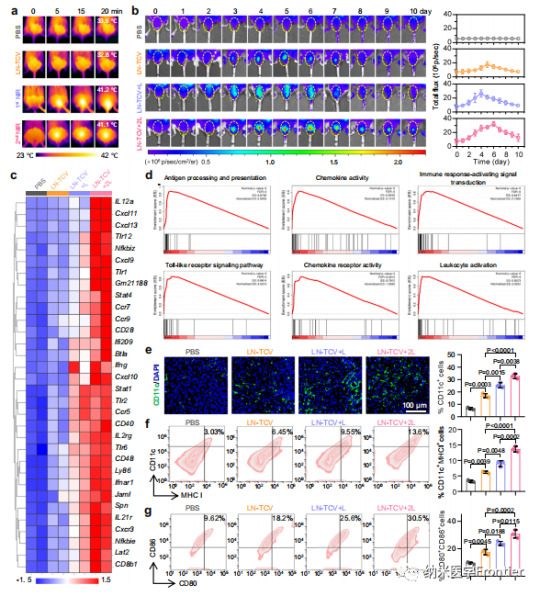
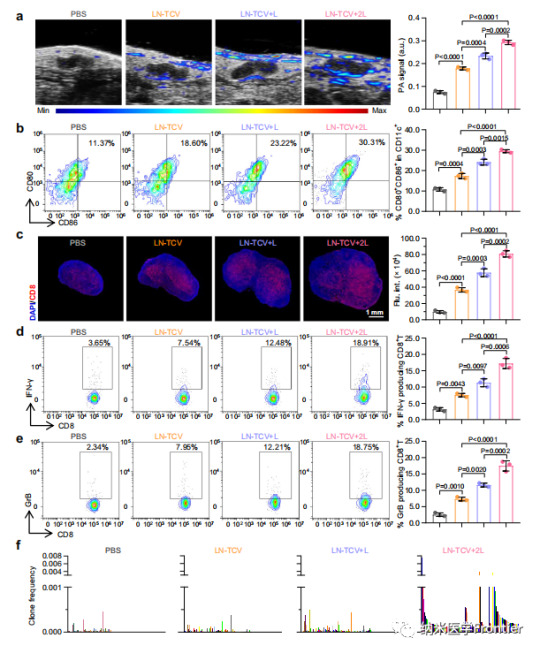
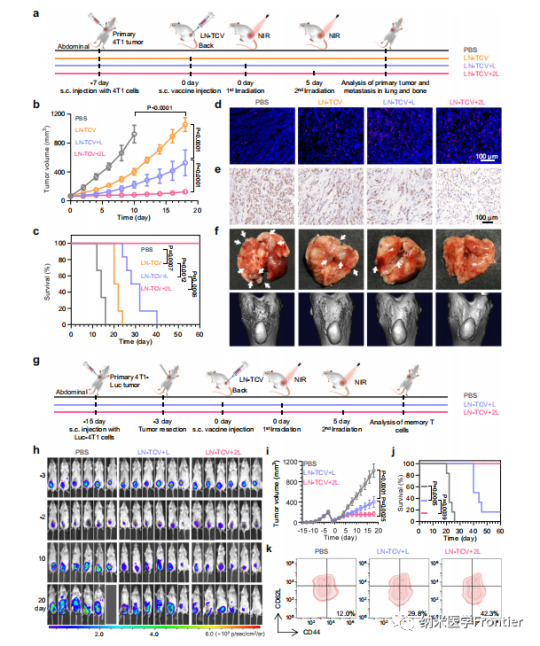
"Nature" sub-journal: Generation of whole-tumor cell vaccine on-demand manipulation of immune anticancer response under near-infrared laser irradiation
Tumor vaccines have long been considered a promising form of cancer immunotherapy because they harness the body's immune system to fight tumor cells. Among tumor vaccines, whole tumor cell vaccines (TCVs) are unique in that they contain all potential antigens in a patient's own tumor cells, rather than just one or a group. Thus, TCVs may be more likely to induce immune responses in patients, who respond to a wider range of antigens than common tumor vaccines.
However, TCV is weak in immunogenicity and causes great individual differences in immune responses. In order to improve the immunogenicity of TCV as a vaccine, scientists have been exploring adjuvant-related methods, but these methods are usually complicated and time-consuming. Another challenge faced by TCV is that multiple vaccinations are required to maintain the immune response, and the tumor samples of patients are precious, which makes the preparation and storage of vaccines more difficult, and it is difficult to design personalized treatment plans for patients.
Here, Academician Ma Guanghui and Researcher Wei Wei of the State Key Laboratory of Biochemical Engineering, Institute of Process Engineering, Chinese Academy of Sciences, and Professor Tian Zhiyuan, School of Chemical Science, University of Chinese Academy of Sciences, jointly developed a TCV platform based on photothermal nanoparticles loaded tumor cells, which can be reasonably applied In a variety of tumor types to achieve on-demand enhancement of anti-tumor immune responses to inhibit tumor growth. During the fabrication process, mild photothermal heating generated by near-infrared (NIR) laser irradiation induces tumor cells carrying nanoparticles to express heat shock proteins as endogenous adjuvants. After a single vaccination on the back of tumor-bearing mice, noninvasive near-infrared laser irradiation was performed to further induce mild hyperthermia at the vaccination site, thereby promoting the recruitment, activation, and antigen presentation of dendritic cells. Using indicators of fluctuations in tumor growth rate, determine an appropriate irradiation regimen (including optimized irradiation intervals and timing). This TCV platform enables on-demand NIR manipulation of immune responses, demonstrating potent therapeutic effects in six mouse models mimicking a range of clinical scenarios, including models based on humanized mice and patient-derived tumor xenografts.
Related work was published in "Nature Communications" under the title "Generation of whole tumor cell vaccine for on-demand manipulation of immune responses against cancer under near-infrared laser irradiation".
Use near-infrared light-responsive materials to coat tumor cells to achieve light control of the immune effect of vaccines.
Near-infrared irradiation can promote tumor cell death and antigen release, and enhance the immunostimulatory effect of vaccines.
Different light doses can accurately control the vaccine to promote or inhibit the response of the immune system to tumors.
Precise regulation of the immunotherapeutic effect of tumor vaccines through light control.
This strategy achieves the minimum dose of tumor antigen to obtain the maximum immune stimulation effect.
In vivo experiments verified the efficacy and safety of the light-controlled tumor vaccine.
It provides an innovative idea for photon immunotherapy and realizes precise control of immune response.
Near-infrared light has good penetrability to biological tissues, and can realize light regulation in depth.
This strategy can be extended to the design of other tumor photonic vaccines.
According to the researchers, the above results are still preclinical studies, and the actual clinical efficacy still needs to be further verified. In view of the versatility and flexibility of the construction of this system, in the future translational research, it is expected to realize the expansion of TCV from tumor cells to mixed cells of tumor tissues. It is also possible to expand clinical application scenarios through wearable patch LEDs and remote control systems to achieve more convenient and efficient individualized treatment.
Original link: https://www.nature.com/articles/s41467-023-40207-y
0 notes
Text




"Nature" sub-journal: two-dimensional materials to create intelligent mid-infrared optoelectronic "imitation eyes"
The perception and recognition of objects by infrared machine vision systems is becoming more and more important in the Internet of Things era. However, current systems are bulky and inefficient compared to the human retina, which has an intelligent and compact neural structure. Here, we propose a retina-inspired mid-infrared (MIR) optoelectronic device based on two-dimensional (2D) heterostructures for simultaneous data sensing and encoding. Aided by the stochastic near-infrared (NIR) sampling-terminal all-optical excitation mechanism, a single device can sense the illumination intensity of the MIR stimulus signal while encoding the intensity into a pulse train based on a rate-encoding algorithm for subsequent neuromorphic computing. The device has a wide dynamic working range, high coding accuracy, and flexible adaptability to MIR intensity. Furthermore, the inference accuracy on the MIR-MNIST dataset encoded with the device using a trained spiking neural network (SNN) achieved over 96% inference accuracy.
A bionic retinal mid-infrared optoelectronic device is proposed and realized, which can sense and encode mid-infrared light stimulation signals simultaneously. Using a bilayer black phosphorus arsenic/MoTe2 van der Waals material, the device is capable of sensing mid-infrared signals at 4.6 microns at zero bias, while encoding using random near-infrared light pulses.
The device realizes the adaptive adjustment function similar to the retina of the human eye. By adjusting the parameters of the near-infrared light, the dynamic range and precision of the encoding can be flexibly adjusted to adapt to targets with different mid-infrared light intensities.
Input the mid-infrared MNIST data set encoded by the device into the trained spiking neural network, achieving a digit recognition accuracy rate of over 96%. It shows that the device can support the intelligent information processing of mid-infrared images by pulse-based neural network.
Overall, this dual-function mid-infrared optoelectronic retinal device has the ability to sense, encode and support neural network processing, and can be developed towards a highly compact and efficient mid-infrared machine vision system, which can be used in night vision, military, medical, etc. The field has application prospects.
This article proposes a biomimetic mid-infrared optoelectronic retinal device using a black phosphorus arsenic/MoTe2 two-dimensional material heterojunction. The device can simultaneously realize mid-infrared light sensing and pulse encoding under zero bias. The device uses random near-infrared light pulses for sampling, and realizes the pulse rate encoding of mid-infrared light intensity according to the threshold current. By adjusting the near-infrared light parameters, the adaptive adjustment of the dynamic encoding range and encoding accuracy of targets with different mid-infrared light intensity can be realized, and the visual adaptation ability of the eyes can be simulated. The mid-infrared MNIST data set encoded by the device was input into the trained spiking neural network, and the digit recognition accuracy rate of more than 96% was achieved. This dual-function mid-infrared retinal device supports pulse-based intelligent processing of mid-infrared images, and provides a way to realize an efficient and compact mid-infrared machine vision system.
Literature reference source: https://doi.org/10.1038/s41467-023-37623-5
0 notes
Text


"Nature" sub-journal|DNA hydrogel creates a photoimmunotherapy platform, so that postoperative tumor recurrence has nowhere to hide!
Postoperative tumor recurrence and metastasis often lead to failure of cancer therapy. Here, a locally embedded photodynamic immunomodulatory DNA hydrogel was developed for early warning and suppression of postoperative tumor recurrence. DNA hydrogels containing PDL1 aptamers capture and enrich in situ recurrent tumor cells, increasing local ATP concentrations to provide timely warning signals. When a positive signal is detected, localized laser irradiation is performed to trigger photodynamic therapy, which kills the captured tumor cells and releases tumor-associated antigens (TAAs).
Furthermore, reactive oxygen species disrupt DNA strands in the hydrogel, releasing encoded PDL1 aptamers and CpGs, which together with TAAs promote adequate systemic antitumor immunotherapy. In a mouse model, tumor cells were injected at the surgical site to simulate tumor recurrence, and the hydrogel system was found to detect tumor recurrence in time by enriching recurrent tumor cells to increase local ATP concentration. Its significant inhibitory effect on recurrent tumors is about 88.1%, and effectively inhibits metastasis, providing a promising way for timely and effective treatment of postoperative tumor recurrence.
Using the overexpression of PDL1 protein on the surface of tumor cells, a DNA hydrogel containing PDL1 aptamer was designed, which can specifically capture early recurrent tumor cells and enrich them locally, thereby improving the detection sensitivity of tumor cells.
Introducing a circular ATP probe into the DNA hydrogel, the aggregated tumor cells can significantly increase the local ATP concentration, trigger the ATP probe to emit a fluorescent signal, and realize timely early warning of tumor recurrence.
The photosensitizer Ce6 and the immune stimulant CpG are simultaneously loaded on the DNA hydrogel, and light can trigger photodynamic therapy to kill the captured tumor cells; ROS can cut the DNA chain, release PDL1 aptamer and CpG, and play an important role in immune checkpoint blockade and Immune Activation Dual Immunotherapeutic Effects.
The DNA hydrogel system realizes the timely detection and treatment of postoperative tumor recurrence, and realizes accurate spatial positioning and synergistic photoimmunotherapy by capturing and enriching tumor cells and photo-controlled release of drugs.
In vivo tumor recurrence and lung metastasis models have proved that the system can effectively inhibit tumor recurrence and metastasis, which provides a new idea for postoperative tumor treatment.
Here, a locally embedded photodynamic immunomodulatory DNA hydrogel was developed for early warning and suppression of postoperative tumor recurrence. The hydrogel system realizes the timely detection and treatment of postoperative tumor recurrence, and realizes accurate spatial positioning and synergistic photoimmunotherapy by capturing and enriching tumor cells and light-controlled release of drugs. The hydrogel system proved to be effective in inhibiting tumor recurrence and metastasis in both in vivo tumor recurrence and lung metastasis models, providing a new idea for postoperative tumor treatment.
DOI
https://doi.org/10.1038/s41467-023-40085-4
0 notes
Text

Undergraduate scientific research project丨Revealing the interface structure: multi-technology teamed up to analyze the mystery of MXene
Two-dimensional (2D) transition metal carbides and nitrides (MXenes) combine the electronic and mechanical properties of 2D inorganic crystals with chemically modified surfaces, providing an ideal platform for fundamental and applied studies of interfaces. The functionalization of MXenes with small inorganic ligands has made good progress, but the covalent bonding of various organic groups to the surface of MXenes has been relatively less studied. Here, a class of hybrid MXenes (h-MXenes) was synthesized by reacting halogen-terminated MXenes with deprotonated organic amines to form amine and imine linkages between organic and inorganic moieties. The resulting hybrid structures combine the tailorability of organic molecules with electronic connectivity and other properties of inorganic 2D materials. Describing the structure of h-MXenes requires integrating the concepts of coordination chemistry, self-assembled monolayers, and surface science. The optical properties of h-MXenes reveal the coherent coupling between organic and inorganic components, and h-MXenes also possess excellent stability against hydrolysis.
A new method for attaching organic molecules to the surface of 2D MXene materials. MXene is a class of layered metal carbides or nitrides with good electrical conductivity and mechanical properties. However, the surface atoms of MXene are very active and easily react with water, which affects its stability.
The subject will use an organic molecule called an alkylamine, and through some chemical reactions, the nitrogen atoms of these organic molecules will form chemical bonds with the titanium atoms on the surface of the MXene. In this way, two different organic groups can be attached on the surface of MXene, one is amide group and the other is imine group.
Then, many advanced experimental techniques such as solid-state NMR were used to study the connection of these two groups with MXene. The calculated results show that the imine group has a very strong linking force, which helps to improve the stability of MXene. In addition, the arrangement of the alkyl chains is very special, and they are inserted between the MXene layers at an oblique angle, just like a self-assembled monolayer film.
MXene materials modified with these organic groups exhibit some very interesting new properties. For example, the appearance of Fano resonance in the infrared light absorption spectrum indicates that the organic part and the inorganic part have undergone coherent coupling. By designing dual organic ligands, MXene can be stripped to form a colloidal solution. Most importantly, the organic groups significantly improved the hydrolytic stability of MXene.
1 note
·
View note
Text

We can help you do medical services: we can help do SCI experiments
BK Innovative Technology Platform
BK Innovative device platform
Innovative nano-drugs
Nano biomaterials
Nanooncology
Drug delivery system
Nano-robot and micro-nano detection
Minimally invasive diagnosis and treatment
Nano-molecular medical imaging
We can help you do nanomaterials:
Hydrogels
Nanozyme
Bioprobe
Nanofibrils
Aggregation-induced luminescence microspheres
Mxene material
PCR array
MBene two-dimensional transition metal borides
Metal organic framework compound MOF
Biological 3d printer series
MBene two-dimensional transition metal borides
Hydrogels | Nanozyme | National Base Hotspot | Bioprobe | Inquiry Hotspot | Nanofibrils | Inorganic biological nanoparticles | Aggregation-induced luminescence microspheres | Mxene material | PCR array | MBene two-dimensional transition metal borides | Metal organic framework compound MOF | Biological 3d printer series | Basic Magnetic Bead Series/Immune Labeling and Capture Magnetic Beads | Nucleic acid extraction magnetic beads | Protein purification magnetic beads | Inorganic luminescent material | Functional luminescent materials | Biological fluorescent probe | Fluorescent marker | Conventional fluorescent dyes | Bioimaging dyes | Pre-activated filler | Recombinant protein/peptide | Affinity packing and prepacked column | Ion exchange packing and prepacked column | Inorganic quantum dots | Heavy launch-new products are online! | Flexible bioelectrode | Magnetic Nanomaterials | Gold nanomaterials | TMDs dispersion | MnO2-based bio-nano materials | Microspheres | PEG Derivatives | Phospholipids | Carbon material | Silver Nano Material | Diagnostic reagent development service | Mesoporous materials | Bismuthene Borene Tellurene Phosphorene Graphyne | Long-acting slow-release carrier | Smart Nano Carrier | Lipid raw materials | Inorganic materials | Polymer Materials | Image contrast agent | Block Copolymers | HOF hydrogen bonding organic framework material/COF covalent organic framework material | Training Course |
0 notes
Text
We can help you do medical services: we can help do SCI experiments
BK Innovative Technology Platform
BK Innovative device platform
Innovative nano-drugs
Nano biomaterials
Nanooncology
Drug delivery system
Nano-robot and micro-nano detection
Minimally invasive diagnosis and treatment
Nano-molecular medical imaging
We can help you do nanomaterials:
Hydrogels
Nanozyme
Bioprobe
Nanofibrils
Aggregation-induced luminescence microspheres
Mxene material
PCR array
MBene two-dimensional transition metal borides
Metal organic framework compound MOF
Biological 3d printer series
MBene two-dimensional transition metal borides
Hydrogels | Nanozyme | National Base Hotspot | Bioprobe | Inquiry Hotspot | Nanofibrils | Inorganic biological nanoparticles | Aggregation-induced luminescence microspheres | Mxene material | PCR array | MBene two-dimensional transition metal borides | Metal organic framework compound MOF | Biological 3d printer series | Basic Magnetic Bead Series/Immune Labeling and Capture Magnetic Beads | Nucleic acid extraction magnetic beads | Protein purification magnetic beads | Inorganic luminescent material | Functional luminescent materials | Biological fluorescent probe | Fluorescent marker | Conventional fluorescent dyes | Bioimaging dyes | Pre-activated filler | Recombinant protein/peptide | Affinity packing and prepacked column | Ion exchange packing and prepacked column | Inorganic quantum dots | Heavy launch-new products are online! | Flexible bioelectrode | Magnetic Nanomaterials | Gold nanomaterials | TMDs dispersion | MnO2-based bio-nano materials | Microspheres | PEG Derivatives | Phospholipids | Carbon material | Silver Nano Material | Diagnostic reagent development service | Mesoporous materials | Bismuthene Borene Tellurene Phosphorene Graphyne | Long-acting slow-release carrier | Smart Nano Carrier | Lipid raw materials | Inorganic materials | Polymer Materials | Image contrast agent | Block Copolymers | HOF hydrogen bonding organic framework material/COF covalent organic framework material | Training Course |
0 notes
Text
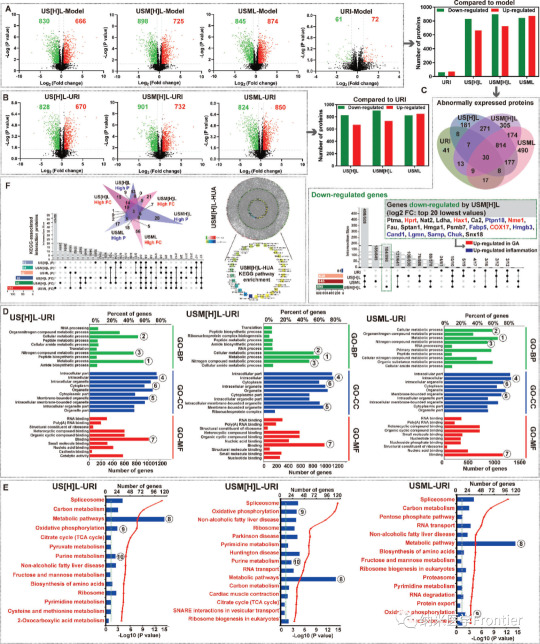




Welcome everyone to China, I will take you to travel, China is even more beautiful with beautiful mountains and rivers, our scientific research results and laboratory sharing: MXene Nanomaterials SCI
Together, we contribute to human development, respect science and researchers, and the whole world is one family.
Sharing: SCI scientific research assistance, SCI auxiliary laboratory, making SCI 100% easy to share for postgraduate and doctoral students.
0 notes
Text
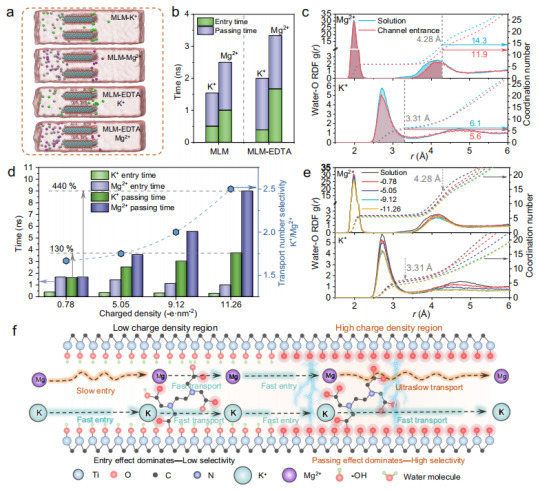




Welcome everyone to China, I will take you to travel, China is even more beautiful with beautiful mountains and rivers, our scientific research results and laboratory sharing: MXene Nanomaterials SCI
Together, we contribute to human development, respect science and researchers, and the whole world is one family.
Sharing: SCI scientific research assistance, SCI auxiliary laboratory, making SCI 100% easy to share for postgraduate and doctoral students.
0 notes
Text


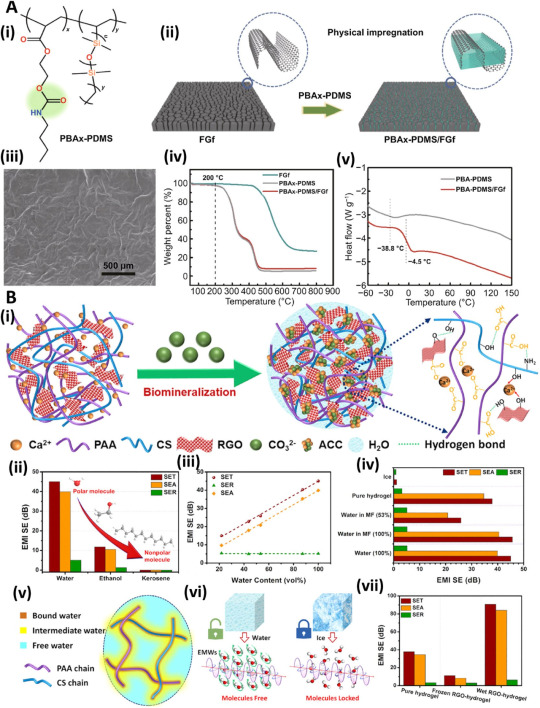
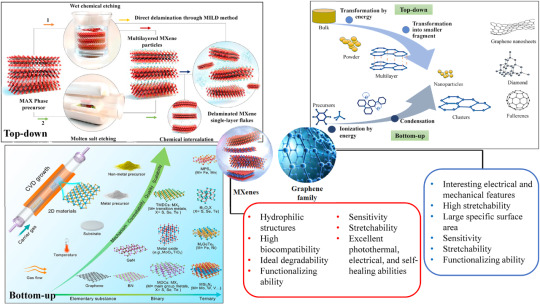

Welcome everyone to China, I will take you to travel, China is even more beautiful with beautiful mountains and rivers, our scientific research results and laboratory sharing: MXene Nanomaterials SCI
Together, we contribute to human development, respect science and researchers, and the whole world is one family.
Sharing: SCI scientific research assistance, SCI auxiliary laboratory, making SCI 100% easy to share for postgraduate and doctoral students.
0 notes
Text
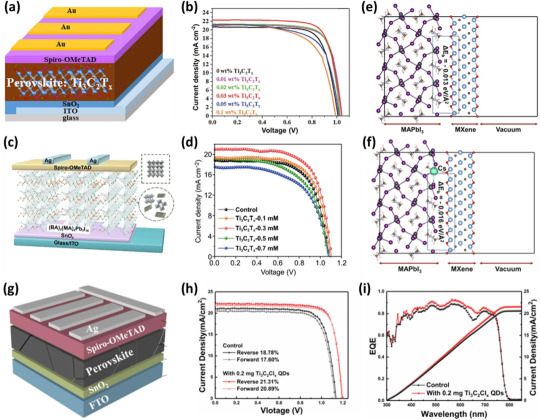

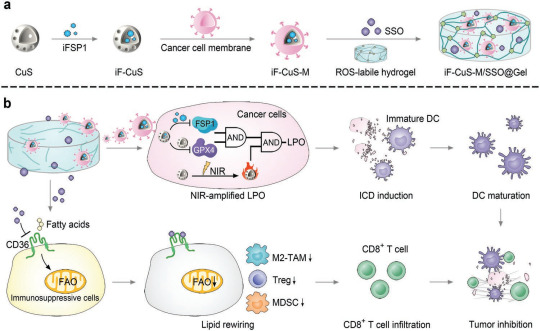
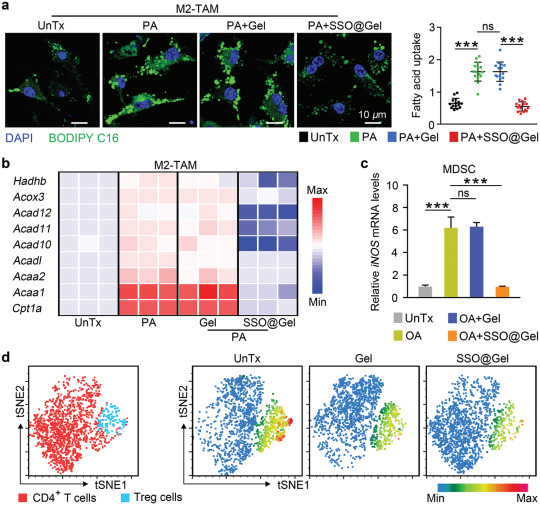
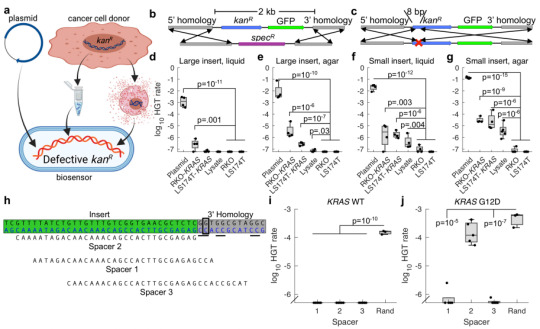
Welcome everyone to China, I will take you to travel, China is even more beautiful with beautiful mountains and rivers, our scientific research results and laboratory sharing: MXene Nanomaterials SCI
Together, we contribute to human development, respect science and researchers, and the whole world is one family.
Sharing: SCI scientific research assistance, SCI auxiliary laboratory, making SCI 100% easy to share for postgraduate and doctoral students.
0 notes
Text

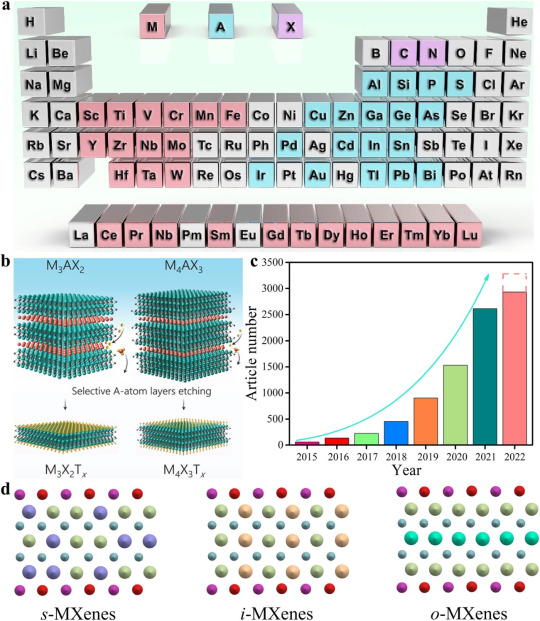
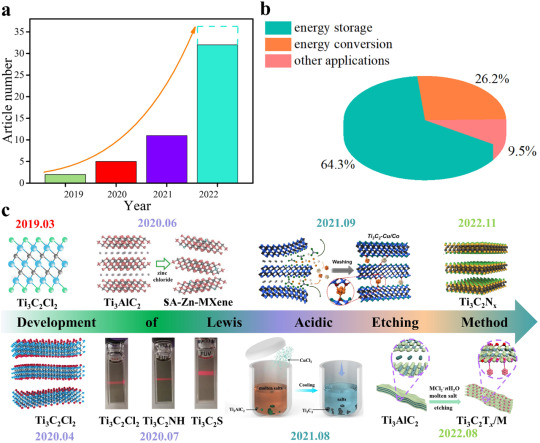

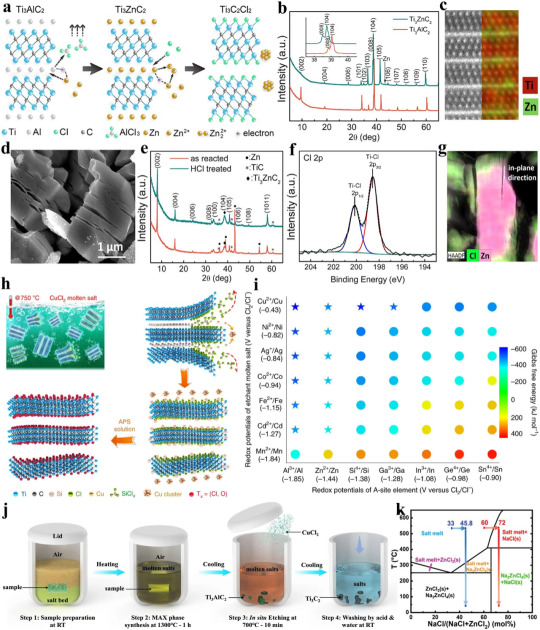
Welcome everyone to China, I will take you to travel, China is even more beautiful with beautiful mountains and rivers, our scientific research results and laboratory sharing: MXene Nanomaterials SCI
Together, we contribute to human development, respect science and researchers, and the whole world is one family.
Sharing: SCI scientific research assistance, SCI auxiliary laboratory, making SCI 100% easy to share for postgraduate and doctoral students.
0 notes
Text
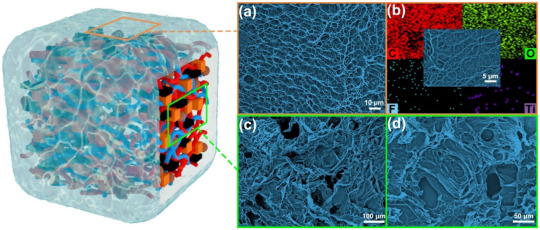
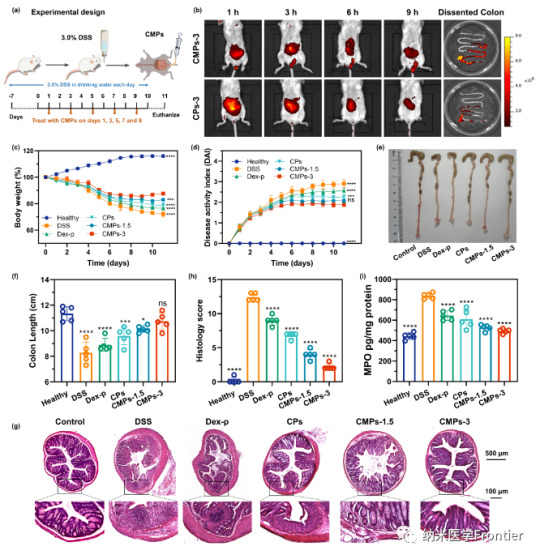

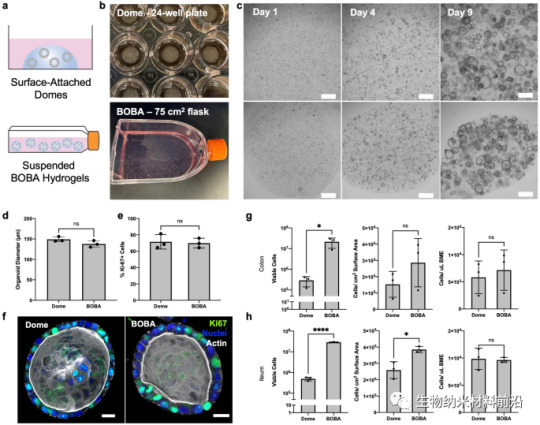

Welcome everyone to China, I will take you to travel, China is even more beautiful with beautiful mountains and rivers, our scientific research results and laboratory sharing: MXene Nanomaterials SCI
Together, we contribute to human development, respect science and researchers, and the whole world is one family.
Sharing: SCI scientific research assistance, SCI auxiliary laboratory, making SCI 100% easy to share for postgraduate and doctoral students.
0 notes
Text
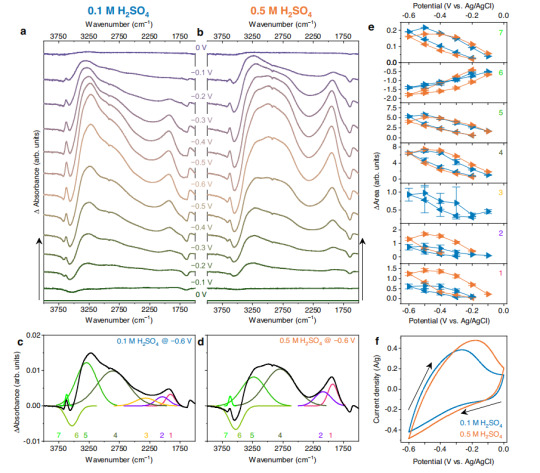

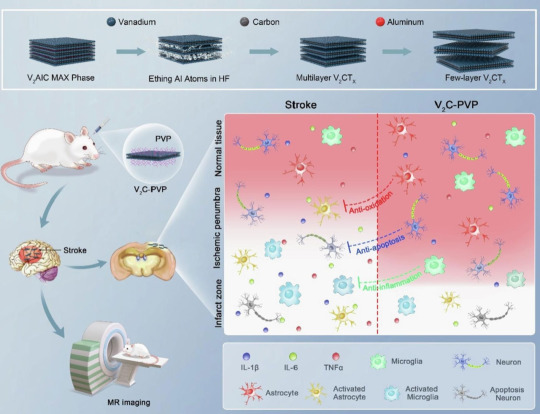


Welcome everyone to China, I will take you to travel, China is even more beautiful with beautiful mountains and rivers, our scientific research results and laboratory sharing: MXene Nanomaterials SCI
Together, we contribute to human development, respect science and researchers, and the whole world is one family.
Sharing: SCI scientific research assistance, SCI auxiliary laboratory, making SCI 100% easy to share for postgraduate and doctoral students.
0 notes
Text

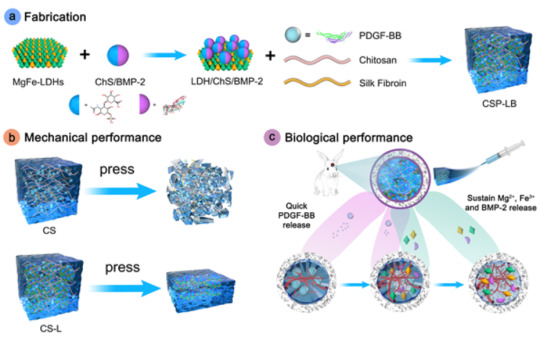




Welcome everyone to China, I will take you to travel, China is even more beautiful with beautiful mountains and rivers, our scientific research results and laboratory sharing: MXene Nanomaterials SCI
Together, we contribute to human development, respect science and researchers, and the whole world is one family.
Sharing: SCI scientific research assistance, SCI auxiliary laboratory, making SCI 100% easy to share for postgraduate and doctoral students.
0 notes
Text

Welcome everyone to China, I will take you to travel, China is even more beautiful with beautiful mountains and rivers, our scientific research results and laboratory sharing: MXene Nanomaterials SCI
Together, we contribute to human development, respect science and researchers, and the whole world is one family.
Sharing: SCI scientific research assistance, SCI auxiliary laboratory, making SCI 100% easy to share for postgraduate and doctoral students.
1 note
·
View note